Spoken by some 34 million people, you’ve probably heard the Romanian language from friends or other travellers. Romanian is an incredible language because it’s the only romance language in Eastern Europe. And if you are in doubt, I promise you’ve already heard it thanks to the viral song “Dragostea din Tei” by the Romanian band O-zone.
If you visited Romania and are curious about the language, its origin and history, I’m here to tell you all about it. I was born in Romania and Romanian is my native language. I am so excited to tell you some interesting facts about Romanian and share my knowledge with you.
Table of Contents
- About the Romanian Language
- Romanian language influences
- Interesting facts about the Romanian language
- Every object has a gender
- Speak it as you write it
- Romanian has diacritics
- There’s formal and informal
- Romanian is a UNESCO World Heritage Site
- Romanian has some really long words
- Romanian has a lot of sayings
- Quick phrase list
- How to say I love you in Romanian
- How to say good afternoon in Romanian
- Final Thoughts
About the Romanian Language
Romanian is a romance language heavily influenced by Latin. It belongs to the Italic branch of the Indo-European language family. It has much in common with languages such as Italian, Spanish, French and Portuguese which means you can normally understand quite a few words from these languages. It also makes it much easier to learn other romance languages.
Most scholars agree that two major dialects developed by the 10th century: Daco-Romanian and Istro-Romanian.
Currently Romanian is spoken by Romanians in Romania and by Moldovanians in the country Republic of Moldova. There are many Romanian speakers living outside of the Romanian borders making up a total of 34 million people worldwide who can speak this language.
The first Romanian grammar was published in Vienna in 1780. Romanian has preserved a part of the Latin declension but kept only three: the nominative/accusative, genitive/dative, and marginally the vocative.
There is a single written standard (literary) Romanian language used by all speakers, regardless of region.
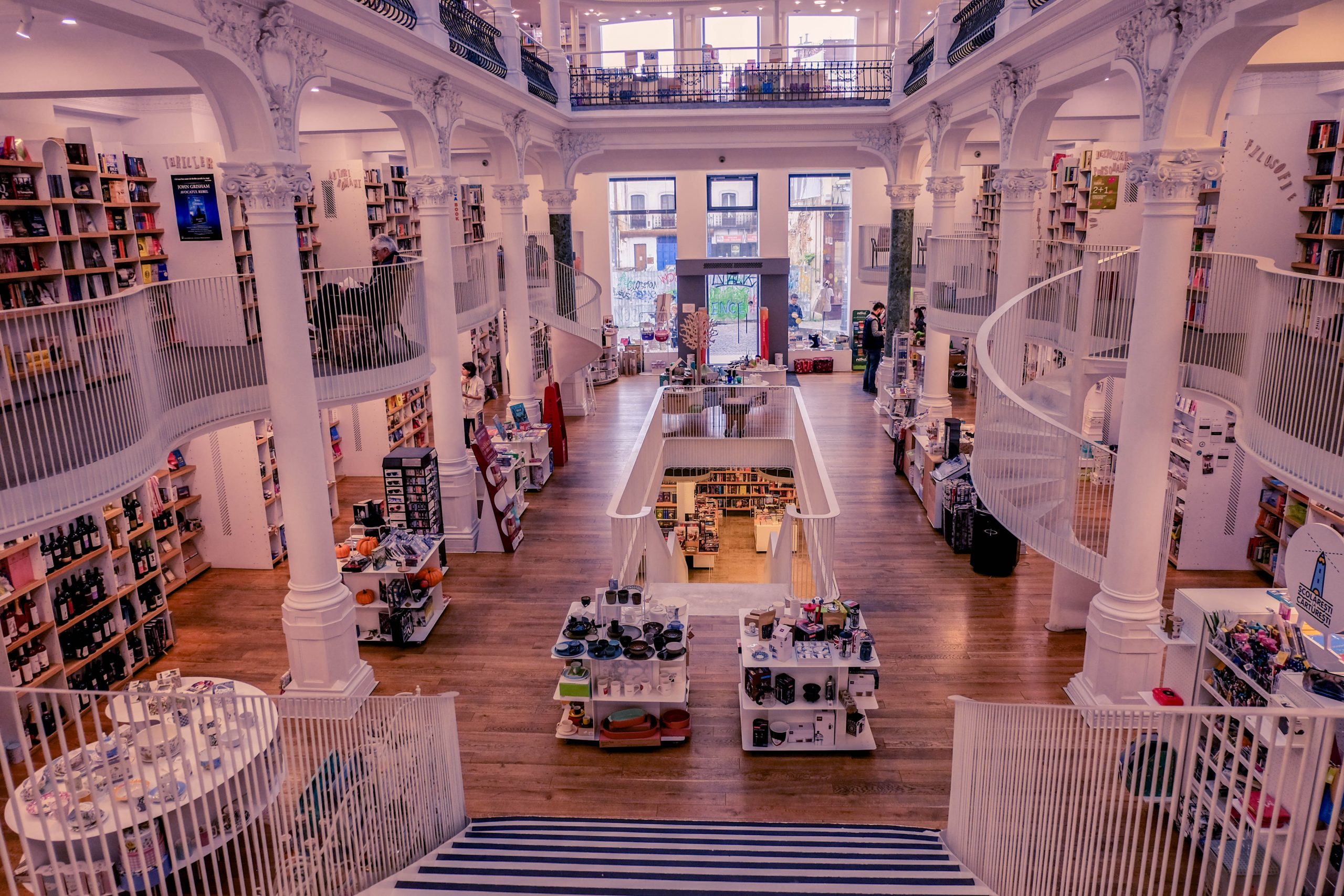
Romanian language influences
If you look on the map you’ll quickly realise that Romanian is the only romance language in Eastern Europe. And while it’s kept to its Latin roots it’s not without vast influences from the neighbouring countries. Some of the Romanian words are still kept from Dacian such as barză “stork”, balaur “dragon”, mal “shore”, brânză “cheese”.
There are plenty of Slavic influences too, as it is estimated that around 10-15% of Modern Romanian lexicon is of Slavic origin. The most used word Da which is Romanian for “yes” shares the same use and meaning with Russian. However, generally speaking, Romanian vocabulary dealing with religion, ritual and hierarchy is Slavic, heavily influenced by the Old Church Slavonic.
Even before the 19th century, Romanian came in contact with several other languages. You will likely hear an array of other influences like German, Greek, Hungarian and Turkish.
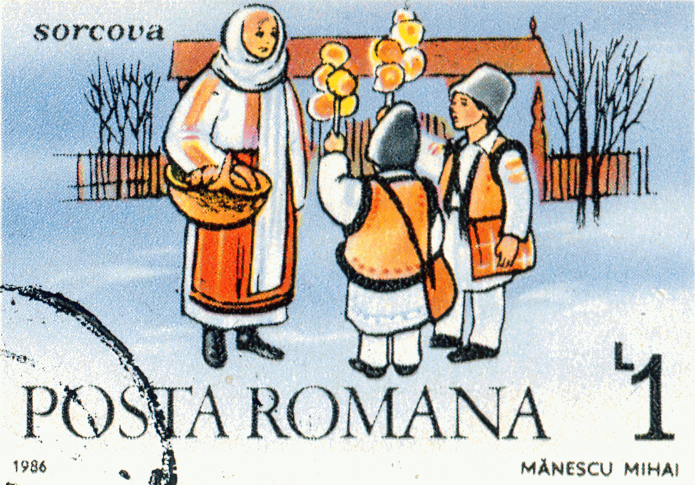
Interesting facts about the Romanian language
Romanian is such an interesting language with so much history and influence. It can be poetic but also fun. It has its own slang and it continues to evolve, especially as the youth introduce many English words to the language. Sometimes, the way the new wave of teen-speak Romanian is referred to as “Romenglish”.
Every object has a gender
Romanian nouns have gender: feminine, masculine, and neuter. In Romanian, a chair is neutral whereas a table is feminine. The easiest way to learn Romanian and get used to the genders is by learning a word with its corresponding article.
This is probably the hardest hurdle in learning Romanian, especially as an English speaker. As a Romanian speaker, I never stopped to consider how difficult this must be until I started learning German and realised that gender assignment is not universal. While “table” is feminine in Romanian, is masculine in German. So that became confusing very fast.
Speak it as you write it
Romanian is a phonetic language. Once you learn the vocabulary, you can speak it and read it with ease. This means the words are pronounced as they are written, making it a little less difficult than say English. You’ll find a few groups of letters that have their own pronunciation but once you learn them their sounds will never change.
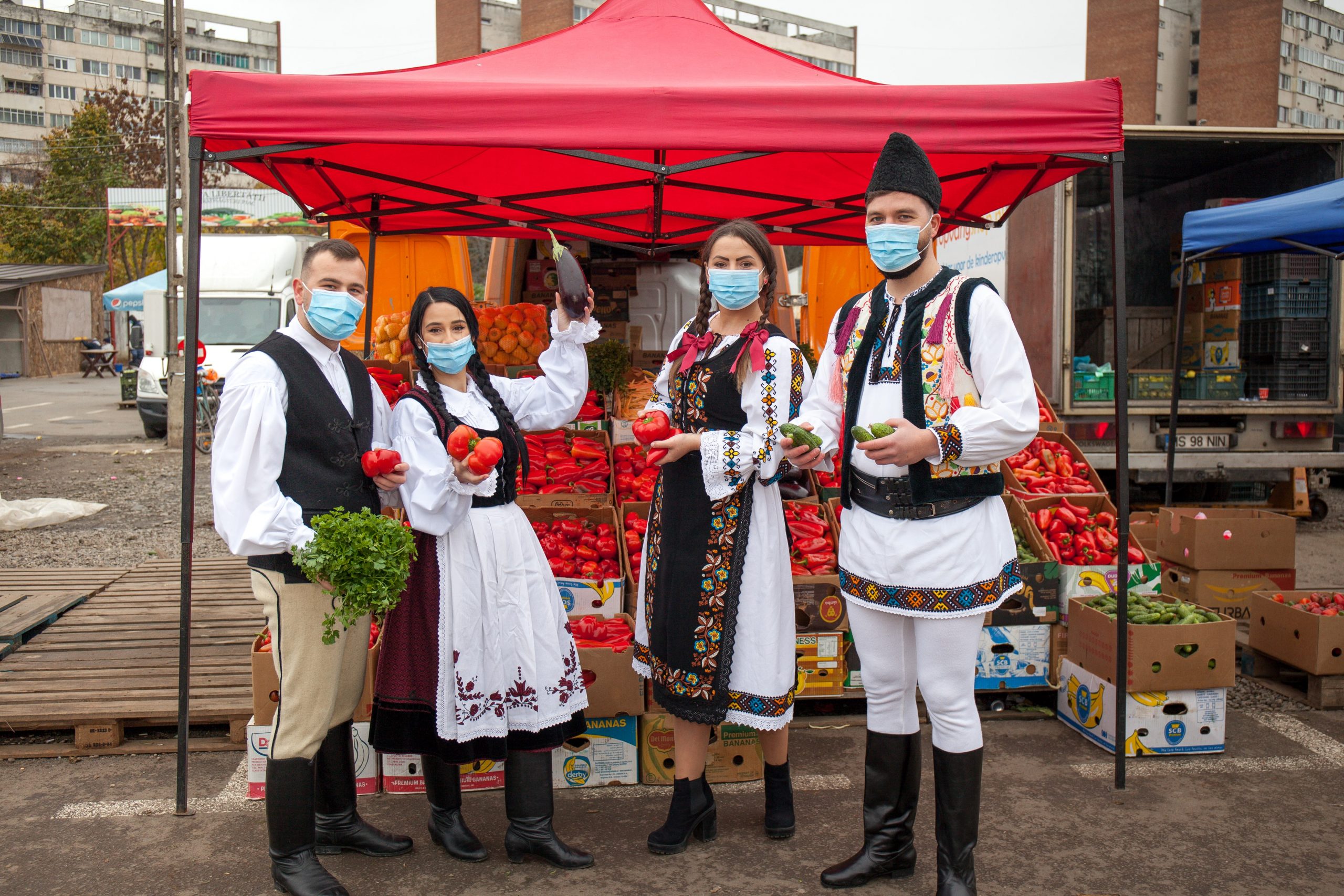
Romanian has diacritics
Not to be confused with accents, in Romanian we use diacritics. Diacritics are marks placed above or below a letter to indicate a special pronunciation. You will find diacritics in all official texts, newspapers and official subtitles.
However, most Romanians ignore diacritics when writing online or sending text messages. There are just 5 diactrictis in Romanian: ă, â, î, ș, ț.
- ă (a with breve) is pronounced like – a in “above”.
- â (a with circumflex) – similar to the unrounded vowel as heard in the last syllable of the word roses for some English speakers
- î (i with circumflex) – identical to â. It is used at the beginning and at the end of the word for aesthetic reasons.
- ș (s with comma) – sh in “shopping”
- ț (t with comma) – ts in “cats”
There’s formal and informal
Romanian can be formal and informal. When speaking with strangers, the elderly or superiors, we use formal Romanian. With friends, we use informal Romanian. There’s a huge difference between the two. Until someone tells you that you can use informal, you should always use formal. The only difference is when you speak with children or younger people than you.
We always use formal in a professional environment until we become accustomed and the person in question invites us to switch to informal.
Romanian is a UNESCO World Heritage Site
The Romanian language has become a UNESCO World Heritage Site. Romanian has entered the intangible heritage of the world in two words. It is about “dor” (which loosely means longing) and “doina” (free-rhythm, highly ornamented improvisational tune) two untranslatable words, concludes UNESCO.
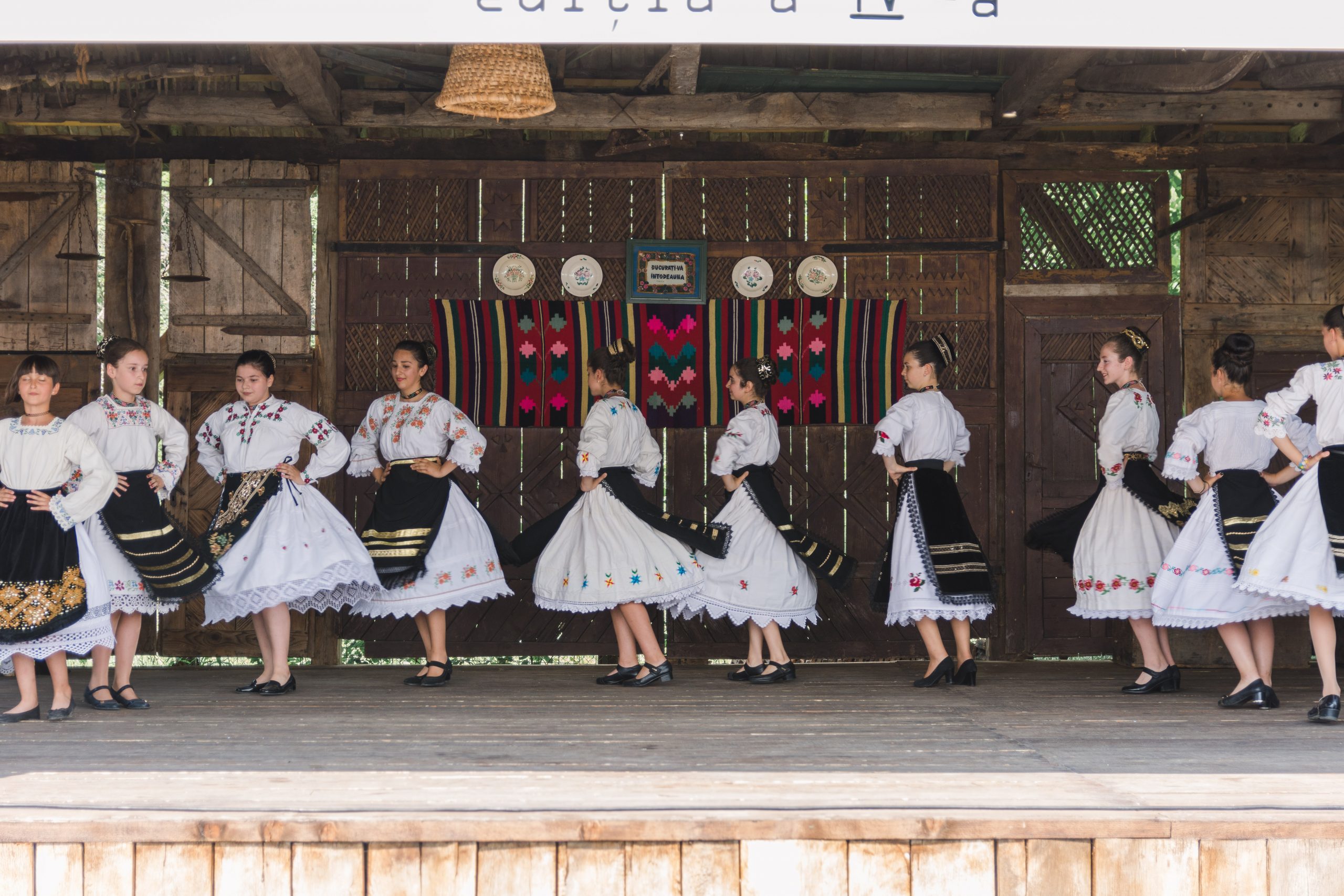
Romanian has some really long words
Romanian is the language with the third longest word in Europe. “PNEUMONOULTRAMICROSCOPICSILICOVOLCANICONIOSIS”. And now breathe… This word has 44 letters. It refers to a lung disease that is caused by inhaling volcanic silicon dust. As the disease is not very common, the word is seldom used.
Romanian has a lot of sayings
Romanian uses so many sayings and expressions. Romanian is one of the few languages in which “dogs bark and bears walk”. It is the language with the most absurd proverbial images, but most saying are used in everyday language and for everyone’s understanding.
Sayings are of high cultural value in Romania. They are usually short but the meaning is rich. One of the Romanian writers Vasile Alecsandri wrote a famous saying “the Romanian was born a poet”.
Quick phrase list
Excited about learning a few basic words in Romanian? I’ve got you covered. Romanians are humble people and really appreciative when you learn a few things in their language. It’s so nice to see someone that’s put in some effort to say hello, thank you and goodbye.
- Hello – “Salut.” (sah-loot)
- How are you? – “Ce faci?” (cheh fahtch)
- Fine, thank you. – “Bine, mulţumesc” (bee-neh mool-tsu-mesk).
- What is your name? (formal) – “Cum vă numiţi? (coom vuh noo-meets)
- What’s your name? (informal) – “Cum te cheamă? (coom teh kyah-muh)
- Please (formal) – “Vă rog” (vuh rohg)
- Please (informal) – “Te rog” (the rohg)
- Thank you – “Mulţumesc” (mool-tzoo-mesk).
- Yes – “Da” (dah)
- No – “Nu” (noo)
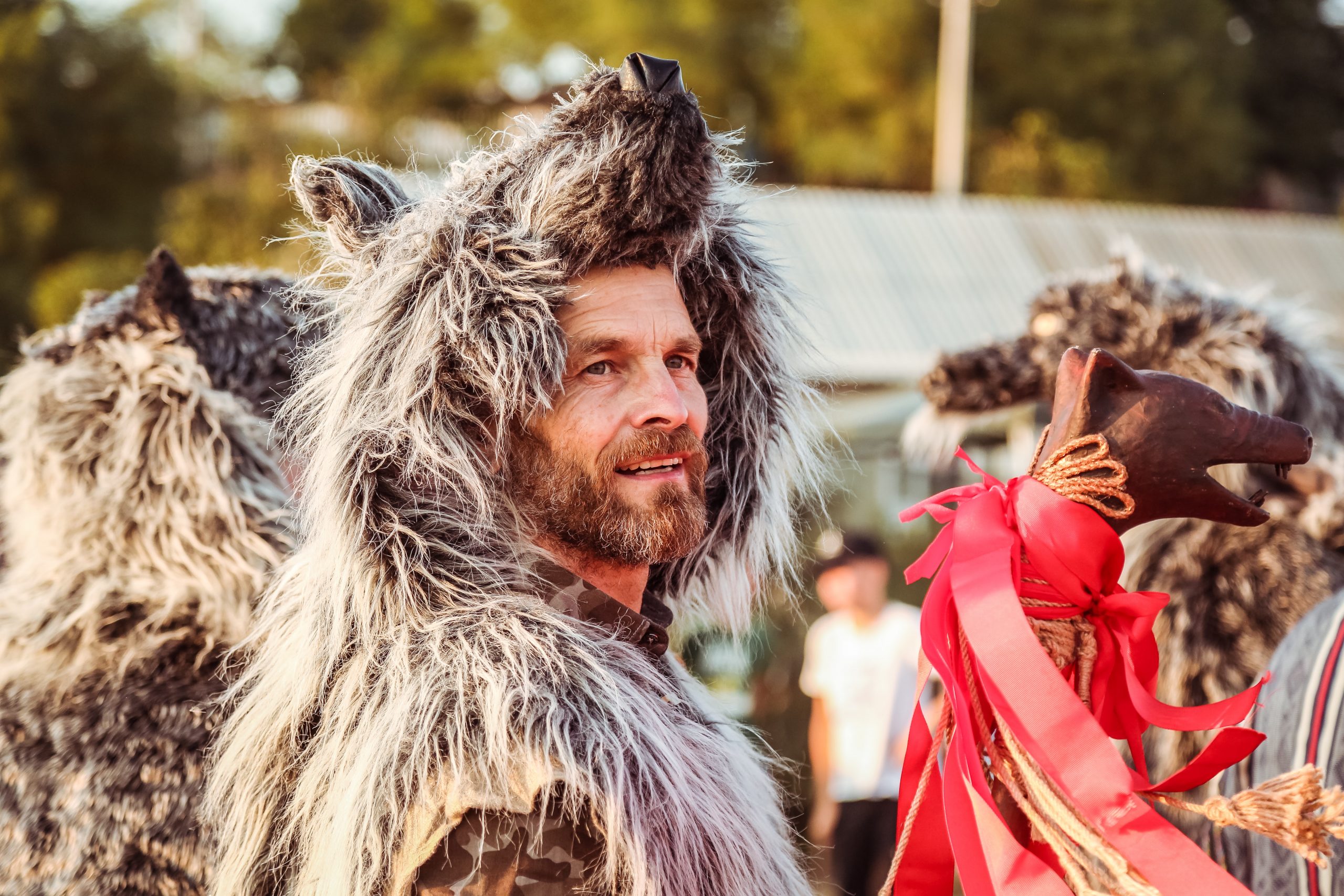
How to say I love you in Romanian
You’ve got your eyes on a Romanian and you want to really impress them with your declaration. That’s super romantic and nice! There are many ways to declare your love in Romanian but the most common and profound one, is “I love you”. Unlike English, we don’t use it with friends in a casual circumstance much.
We do specify if we love an object or a theatre or a movie. “Oh I love this shirt”. That’s used, but generally, Romanians tend to use the expression “I like it very much” instead of “I love this…”.
The word love is really profound and you must really really like something so very much, there are no words above it. That’s why it’s usually reserved for declaring feelings.
In Romanian “I love you” is “Te iubesc” (teh yoo-besk). Notice that it’s always used as an informal as it’s only used in very familiar circumstances with closed ones.
How to say good afternoon in Romanian
You want to be polite and wish people good afternoon in Romanian. That’s nice! And it’s super easy to say this to both friends and strangers.
I have some good news as there is no difference between polite and impolite versions. Good afternoon in Romanian is “Buna ziua” (buh-nah zi-oa). Everyone will be so happy you learnt a new phrase just for them.
What you need to remember is that friends rarely use this in Romanian. They just say “Buna” (buh-nah) to one another. Which literally means “Good”.
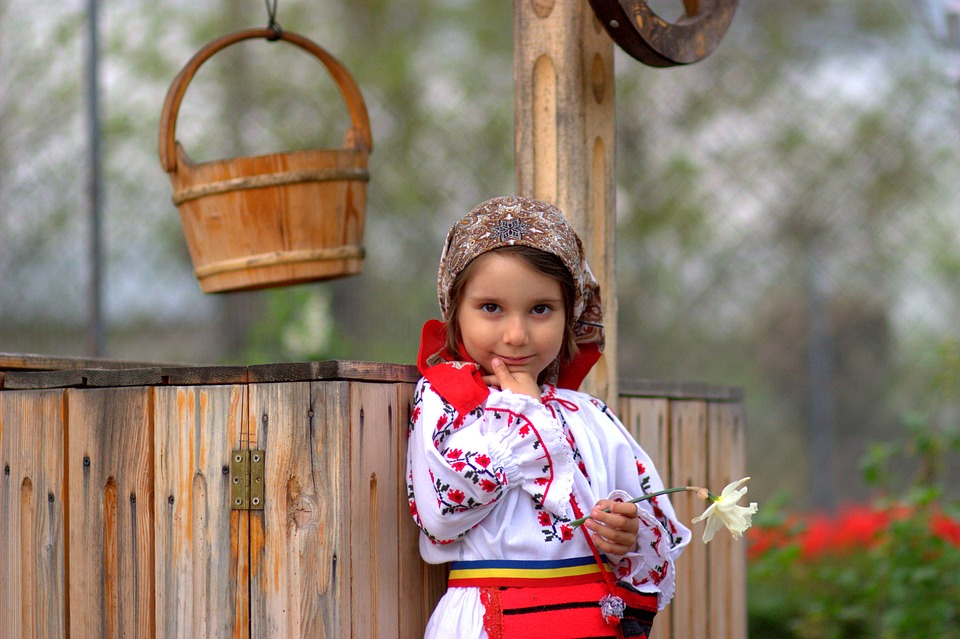
Final Thoughts
The Romanian language is truly mesmerising. Learning Romanian opens a myriad of possibilities for learning other romance languages faster.
I hope you are excited about learning a little Romanian and you’re excited to use your skills for the next time you visit Romania!

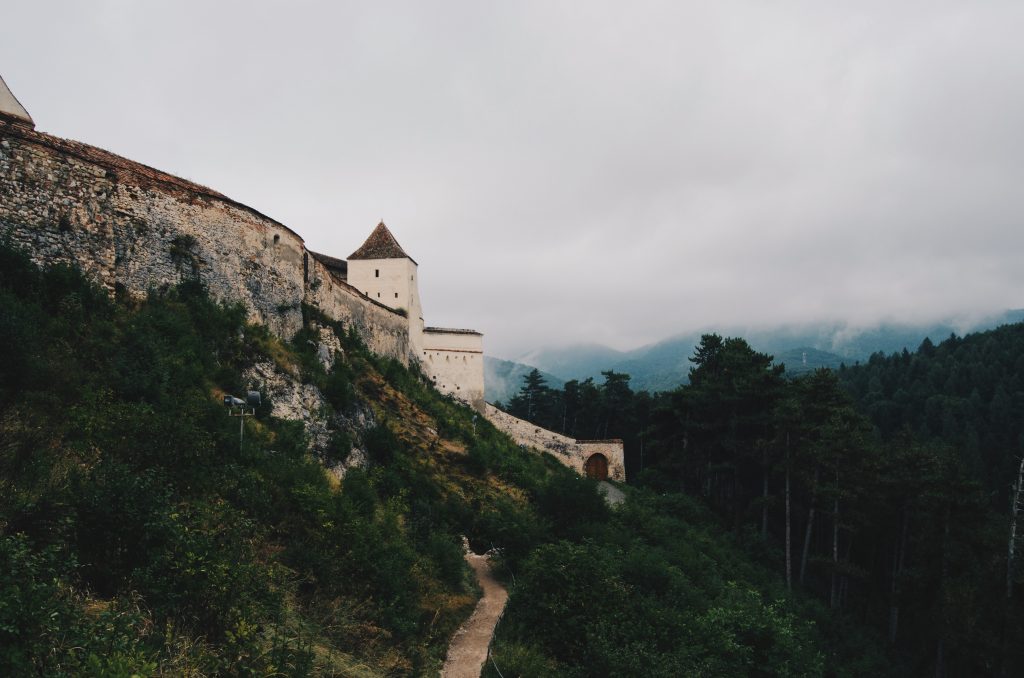
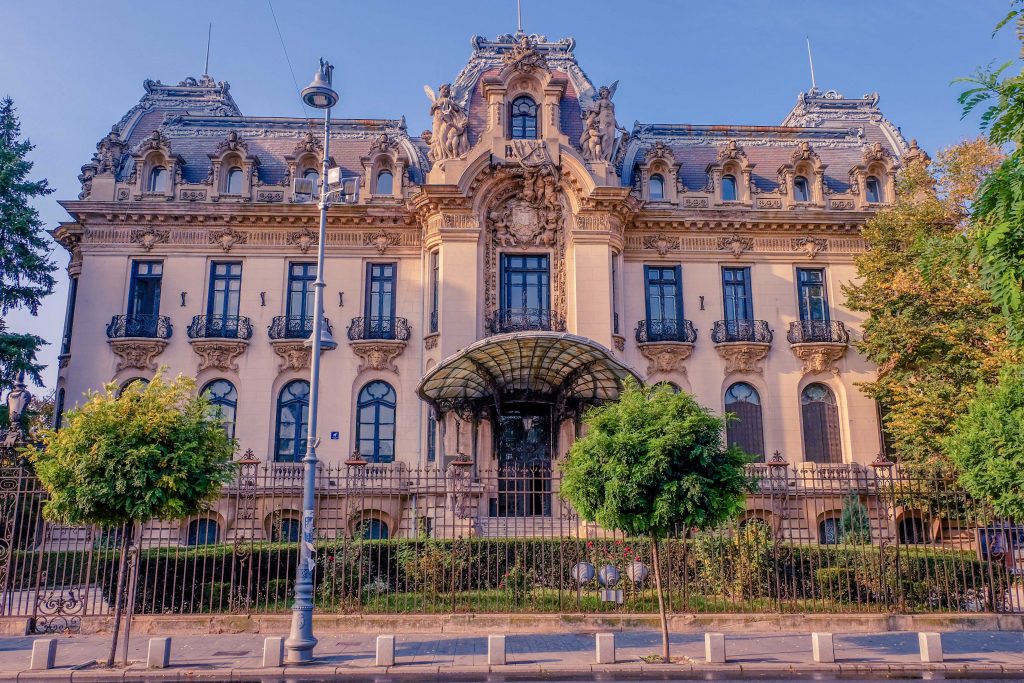
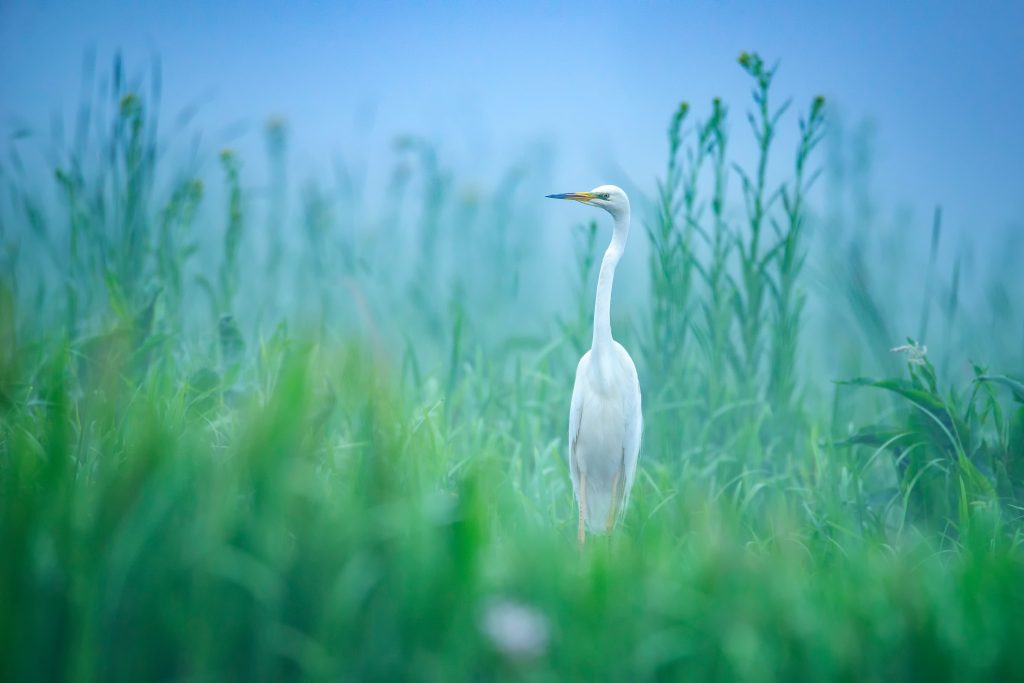
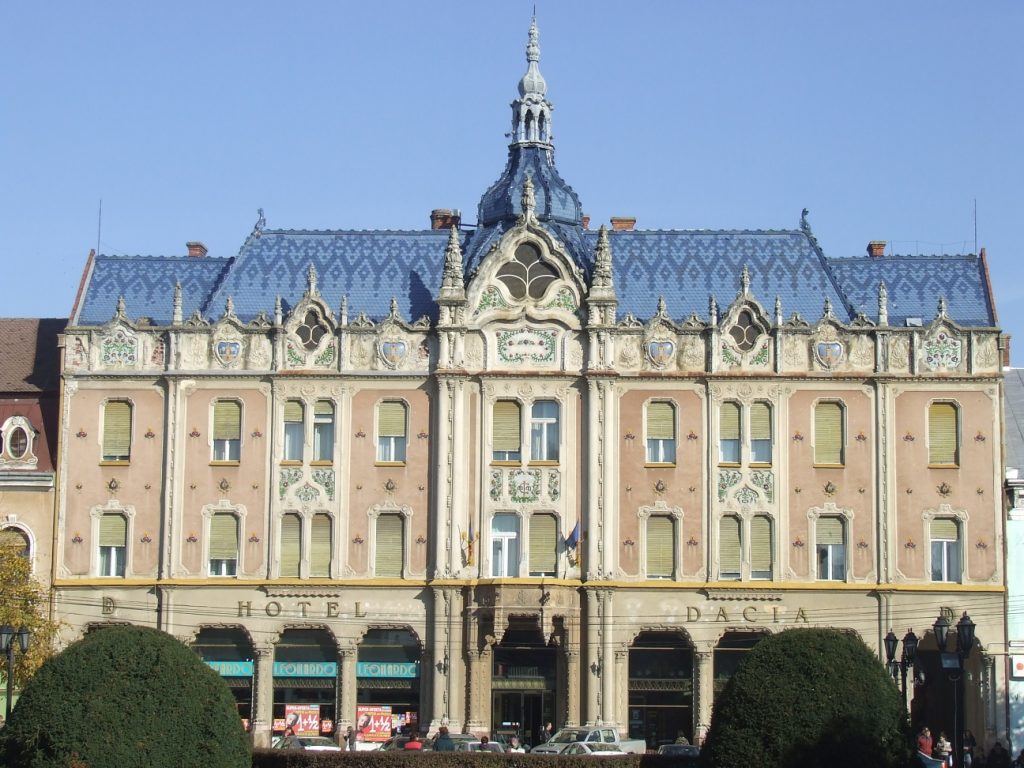
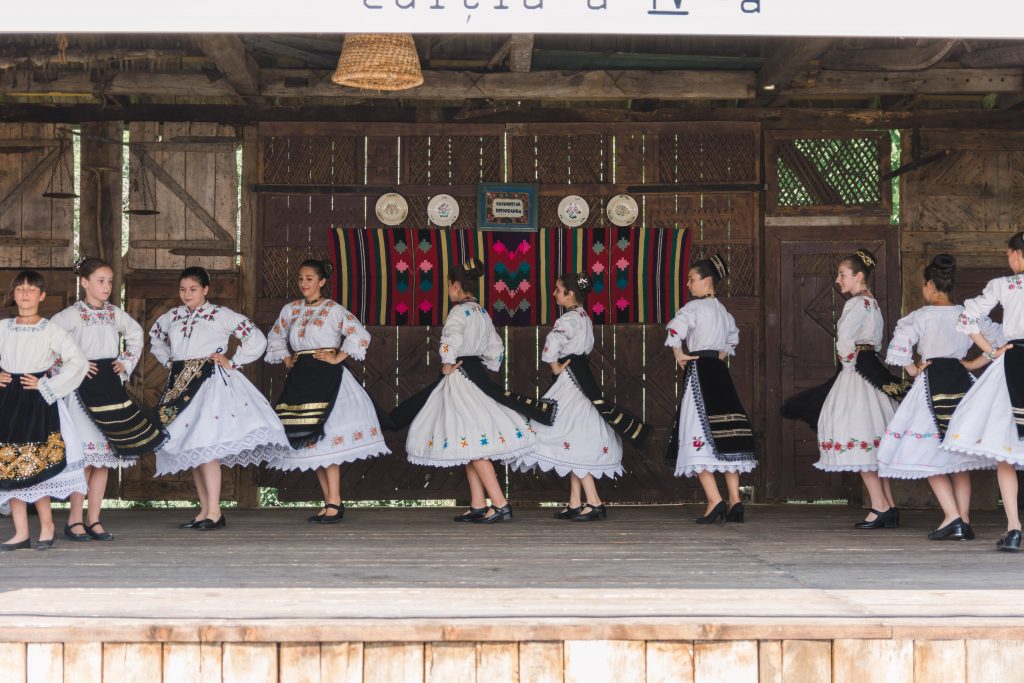
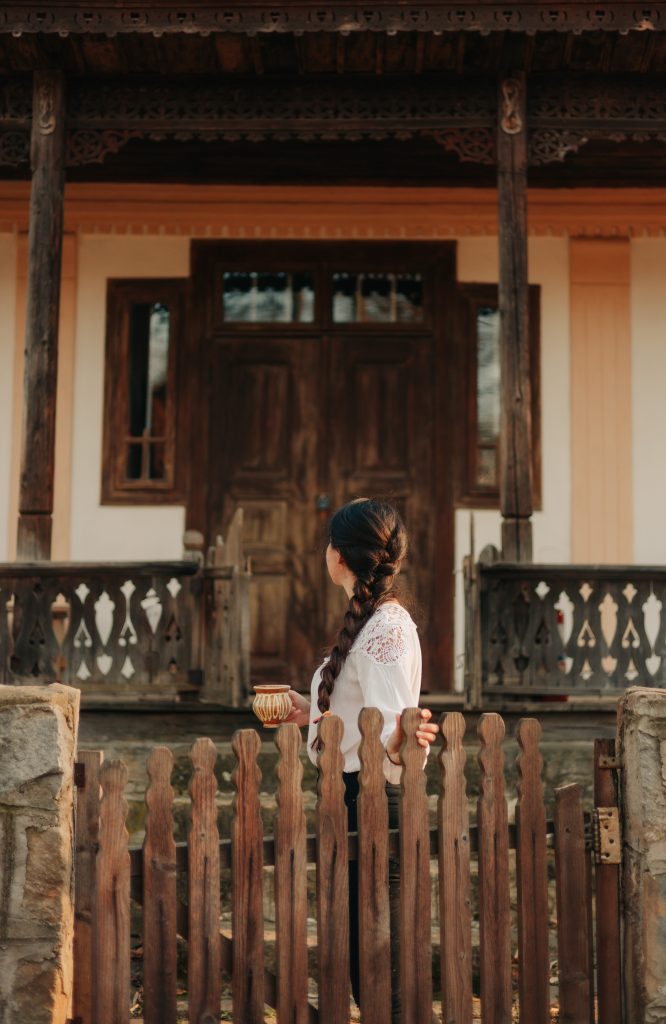


Leave a Reply